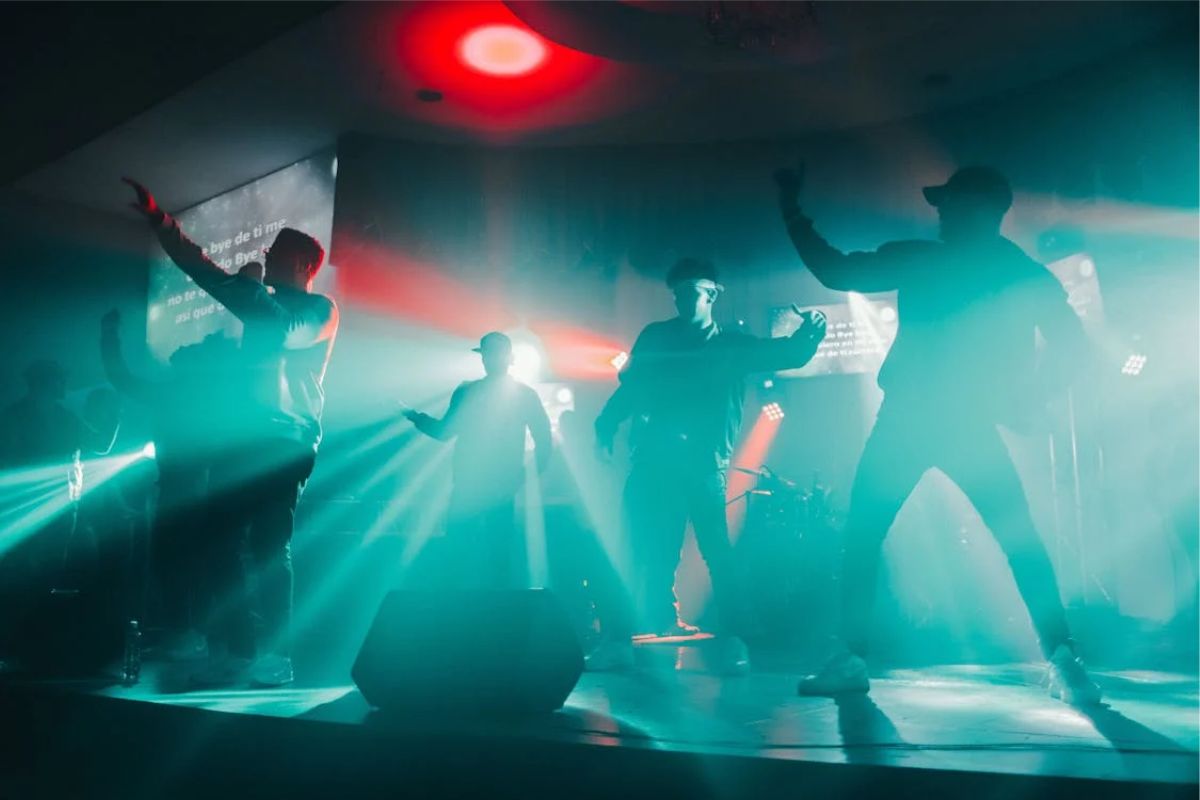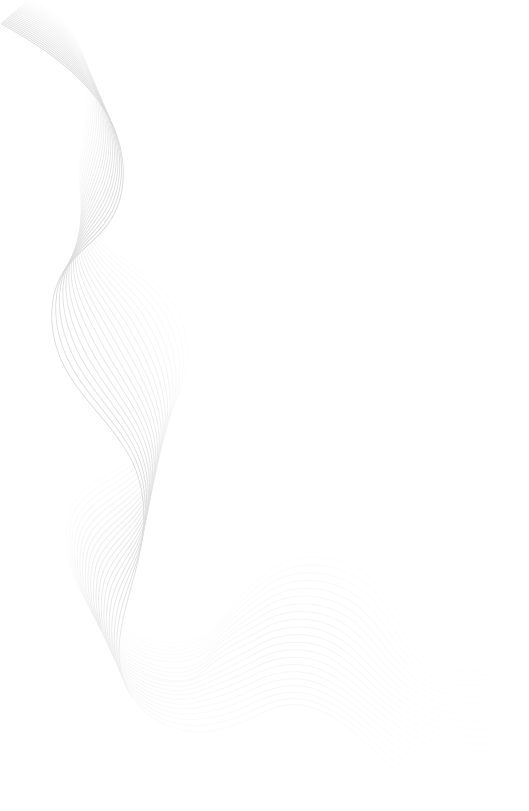
Music has always been an essential companion for artists across various disciplines. From painters to writers, sculptors to filmmakers, music has a unique ability to unlock creativity, inspire new ideas, and drive artistic expression. For many, music is not just something to enjoy in their downtime—it is an active part of their creative process. Music for artists acts as a catalyst, a source of energy, and a bridge to new ways of thinking. In this blog, we explore how different types of music influence and inspire the creative journey of artists.
1. Setting the Mood for Creation
One of the primary ways Music for artists serves as a creative tool is by setting the right mood or atmosphere. The mood created by music can dramatically affect how an artist approaches their work. For instance, ambient music or classical compositions might help an artist enter a relaxed, focused state, while high-energy genres like rock or electronic can get their adrenaline flowing and fuel faster, more dynamic creations.
Artists often choose music based on the emotional tone they want to convey in their work. A painter looking to create something somber and introspective might listen to melancholic ballads, while a writer working on an action-packed scene could opt for upbeat, fast-paced electronic music. Music helps artists connect emotionally with their work, providing a soundtrack that matches their creative intentions.
2. Music as a Source of Inspiration
Music is not just an emotional backdrop for artists—it can also serve as a direct source of inspiration. Lyrics, melodies, and harmonies can trigger new ideas, spark creative breakthroughs, and even offer a framework for entire projects. For example, a songwriter might be inspired by the themes in a piece of music, developing a narrative for a song that mirrors the story conveyed by the music.
Visual artists often use music to inspire the mood of their paintings or sculptures. A jazz composition, full of improvisation and fluidity, might influence a painter to create free-flowing, abstract work. Similarly, a filmmaker might listen to orchestral scores while developing a scene, imagining the emotional beats and pacing that would accompany the visuals. Music brings forth an emotional layer that can enhance the depth and complexity of any creative project.
3. A Rhythm for Creativity
For many artists, music is not just about mood or inspiration—it is about the rhythm. Music with a strong beat or tempo can mirror the pace of an artist’s creative flow, helping them maintain momentum and structure in their work.
Writers may listen to rhythmic music to help guide the pacing of their writing, using the tempo to dictate the flow of words. Similarly, dancers use music to match their movement, as rhythm plays an integral role in choreography. Visual artists, too, may use music with a steady beat to keep their brushstrokes or actions aligned with a natural flow. The rhythm of the music can help maintain a steady work pace, reducing mental fatigue, and keeping the creative energy high.
4. Using Music for Creative Focus
Another important role that Music for artists plays is in enhancing focus. For many artists, working in silence can feel isolating or distracting. Music creates a steady background sound that helps block out external noise, allowing the artist to concentrate more deeply on their task.
Many artists prefer instrumental music while they work, as it eliminates the distraction of lyrics and lets the mind stay focused on the task at hand. Genres like lo-fi hip-hop, classical music, or ambient soundtracks are often chosen for their calming, non-intrusive qualities. By providing a steady auditory backdrop, these genres allow artists to maintain focus, concentrate better, and delve deeper into their creative process.
5. Music as a Tool for Emotional Release
Creativity often requires a deep emotional connection to one’s work, and for some artists, music serves as an emotional outlet. Music can help them process their emotions, channel their feelings into their creative work, or release tension that could hinder the flow of ideas.
For example, a writer who is feeling anxious or stressed might listen to calming instrumental music to settle their mind and relieve tension. A painter experiencing intense emotions might use music as a way to channel those feelings onto the canvas, creating art that reflects their inner state. In this way, music becomes more than just a background element—it is an active participant in the artistic process, guiding and shaping the creative energy that drives the work.
6. Finding New Perspectives through Music
One of the most powerful aspects of Music for artists is its ability to provide new perspectives. Music has the ability to push artists out of their comfort zones, encouraging them to explore different genres, styles, and themes. A writer might discover fresh ideas for their characters through a foreign language song or a painter might explore new colors and forms inspired by a new genre of music.
By listening to music outside of their usual preferences, artists can tap into new emotional and conceptual territories, broadening the scope of their work. A classical composer might be inspired by modern electronic beats, or a sculptor might be motivated to experiment with new materials after listening to avant-garde jazz. Music, with its endless diversity, offers artists a powerful tool to expand their creativity and see the world through a different lens.
Music as an Artistic Ally
From setting the mood to sparking new ideas, Music for artists plays a vital role in the creative process. Whether it is to enhance focus, provide emotional release, or inspire new perspectives, music has the unique ability to fuel the imagination and push artistic boundaries. For artists across all disciplines, music is not just an accompaniment—it is a partner in creativity, helping them unlock their potential and transform their visions into reality. So next time you sit down to work, consider what music could be the perfect soundtrack to inspire your own creative journey.






